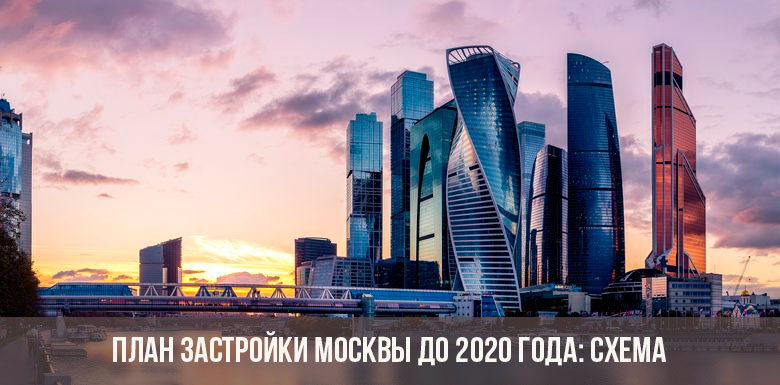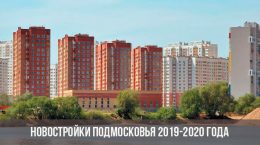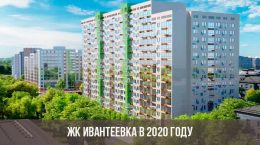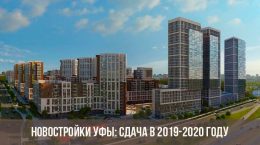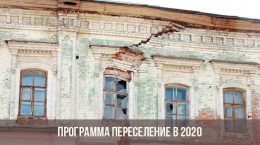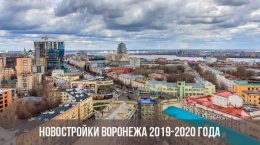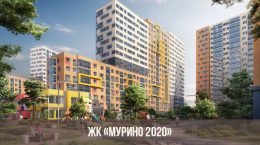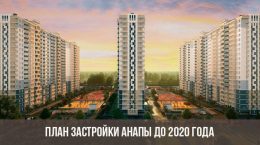Content [Hide]
Moscow is gradually expanding its borders: in accordance with the general development plan until 2020, its territory will increase 2.5 times. Territorial expansion is due to the accession of small towns to the Russian capital.
Change borders
Full implementation of a large-scale project will solve several pressing problems:
- will allow to unload city highways and improve transport links with the suburbs;
- will become an incentive for the development and modernization of infrastructure in certain areas and districts of the capital;
- it will give an opportunity to green areas, equip park areas, squares and other recreational areas for citizens, improve the environmental situation as a whole;
- will deploy housing in new territories, providing quality apartments for everyone.
The Moscow development plan until 2020 includes:
- 21 municipalities;
- 19 villages in Podolsky, Naro-Fominsky, Leninsky districts;
- the cities of Scherbink and Troitsk;
- separate sites located in the Odintsovo and Krasnogorsk regions.
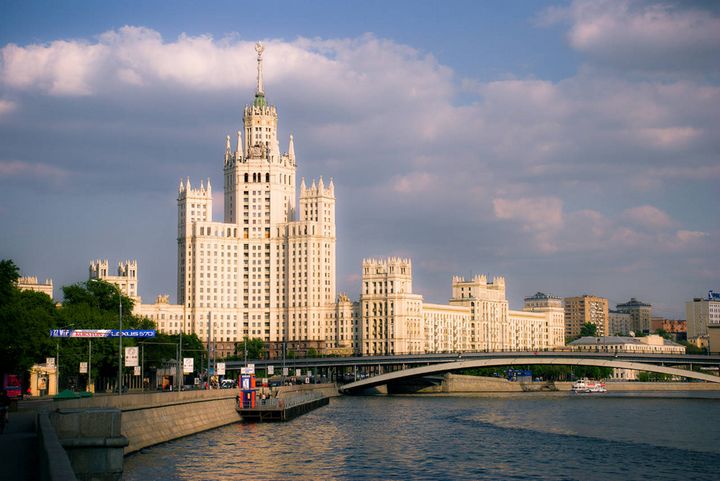
In the coming years, the following settlements will join the megalopolis:
- Vnukovo;
- Voronovskoe;
- Voskresenskoe;
- Desenovskoe;
- Kiev;
- Kokoshkino;
- Krasnopaharskoe;
- Ryazanovskoe and others
There is no question about the accession of satellite cities of the capital, although the residents of these settlements consider themselves Muscovites, since their children study in the capital’s schools and universities, they themselves work in megalopolis enterprises.
Metro stations
The map shows that new territories are increasingly moving away from the Moscow Ring Road - accordingly, the need for modern transport interchanges that will connect remote areas with the center of the capital is increasing.
The authorities included 15 new metro stations in the Moscow development plan until 2020:
- Olkhovskaya;
- Zyuzino;
- Prokshino;
- Filatov meadow;
- Pillar;
- and others.
The commissioning of the Olkhovskaya station will unload and extend the Sokolnicheskaya line. This station will be the largest among the open in the last few years.
A continuation of the Sokolnicheskaya line will be the Stolbovo station. Its launch is planned this year. In total, the Sokolnicheskaya line will include 4 additional stations. In Kommunarka, completion of work is scheduled for May 2019.
The plans - the construction of lines:
- Storytelling - Petrovsky steam;
- Nekrasovka - Aviamotornaya;
- Stolbovo - Sevastopol Avenue.
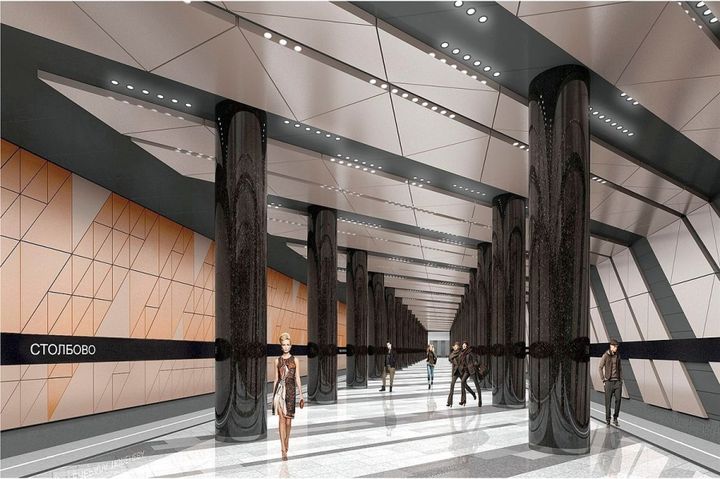
Road network
The development of the road network of Moscow and New Moscow will continue along with the construction of new lines and metro stations. For 2019-2020, it is planned to build and commission 200 km of new roads, almost 40 pedestrian crossings.
Modern infrastructure requires the availability of transport interchange nodes located within walking distance. By 2020, they will be 56 units more.
VAO
The Eastern Administrative District (VAO) is not the last in terms of the development of Moscow. Until 2020, the district plans:
- The construction of large multifunctional complexes with a total area of 45 thousand m2. The facilities will be located between the Izmaylovsky Park metro stations and the Enthusiasts Highway.
- Completion of work on the squares of Bogorodskaya, Preobrazhenskaya, Sokolnicheskaya.
- The growth of social infrastructure almost doubled.
- An increase in the number of consumer market facilities by 1.5 times.
- Construction of business and commercial facilities with a total area of 2.4 million m2.
- Reconstruction of 14 historical and cultural monuments.
The plan for the development of HLW provides for an increase in the territory for housing construction. Reconstruction of dilapidated and five-story houses is planned - its total volume exceeds 1.7 million m2.
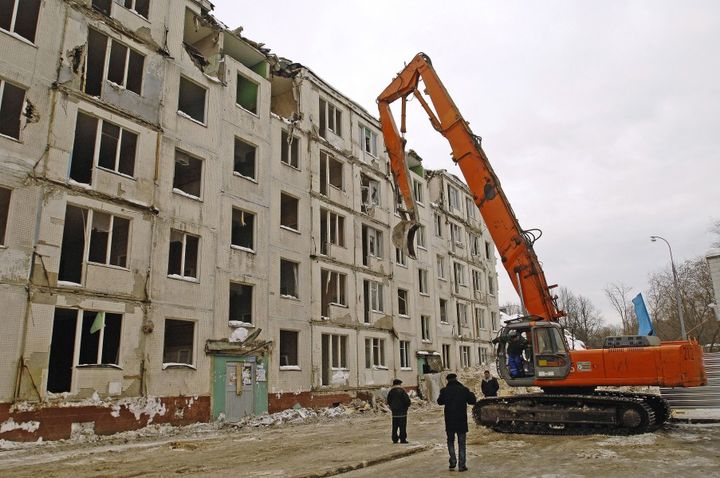
Almost 900 thousand m2 dilapidated and dilapidated housing will be demolished. The demolition list included 1061 houses in Perovo, Northern Izmailovo and other quarters. Instead, new residential high-rise buildings will be built - a total of more than 2.3 million m2. The length of the road network in HLW will increase by almost 100 km. The authorities intend to increase the number of parking spaces to 207 thousand. To implement this task, it is planned to build underground garages under residential multi-storey buildings.
In New Moscow, special attention is paid to environmental issues. In particular, as part of the project, a large-scale reorganization of industrial zones, reconstruction and construction of new treatment facilities, and measures to reduce emissions by 2.5 times are planned.
Targeted Investment Program
In the period 2018-2020, Moscow operates Targeted Investment Program (AIP)within the framework of which it is planned to build 600 large objects of urban infrastructure. For these purposes, funding is provided in the amount of 1,486.4 billion rubles.
Renovation of the capital's residential background is a separate item of expenses. Financing pledged to her is 1.7 trillion rubles.
Healthcare
The construction of new health facilities is on schedule. In total, they will be commissioned before 2020:
- 27 new modern clinics;
- 18 hospital buildings;
- 7 substations for emergency medical care.
In 7 hospitals, a large-scale reconstruction will take place. A modern hospital will open in the Story - an emergency department will function under it.
This year, it is expected to open a multidisciplinary clinical hospital with a maternity hospital for 600 beds in the village of Kommunarka, which is included in the territory of New Moscow.
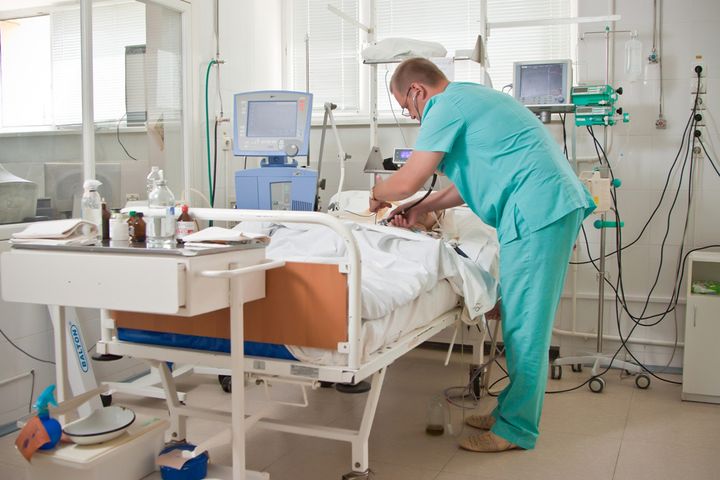
Social objects
In 2018-2020, the city authorities will try to overcome the shortage of preschool and school institutions. The immediate plans include the construction of 139 kindergartens and schools, of which 88 projects are financed from the city budget.
During this period, processing industry will appear in New Moscow. The new plant will specialize in food waste processing.
Merger is inevitable
The merger of a metropolis with small towns is a necessary measure. It contributes to the development of the socio-economic potential of nearby territories, a decrease in population density and unloading of Moscow highways - it is no secret that the Russian capital is full.
The transformation conceived by the state will occur thanks to the construction of autonomous regions in ecologically clean suburbs. Financial analysis shows that housing construction in areas adjacent to the metropolis is more cost-effective.
In an interview with Business FM radio station, Deputy Mayor Andrei Sharov said that the metropolitan area would spread far beyond the Moscow Region by 2020. Residents of the new districts of Moscow will not feel discomfort, as in parallel with the expansion of borders, modern social amenities and transport infrastructure are being built.
In the future, government centers can be located on the annexed lands, and many issues will be quickly resolved locally.
The indisputable advantage of the development project is that it allows you to divide the metropolis into historical, business, educational and residential areas and connect them together by ground and underground transport links.
Read also:

